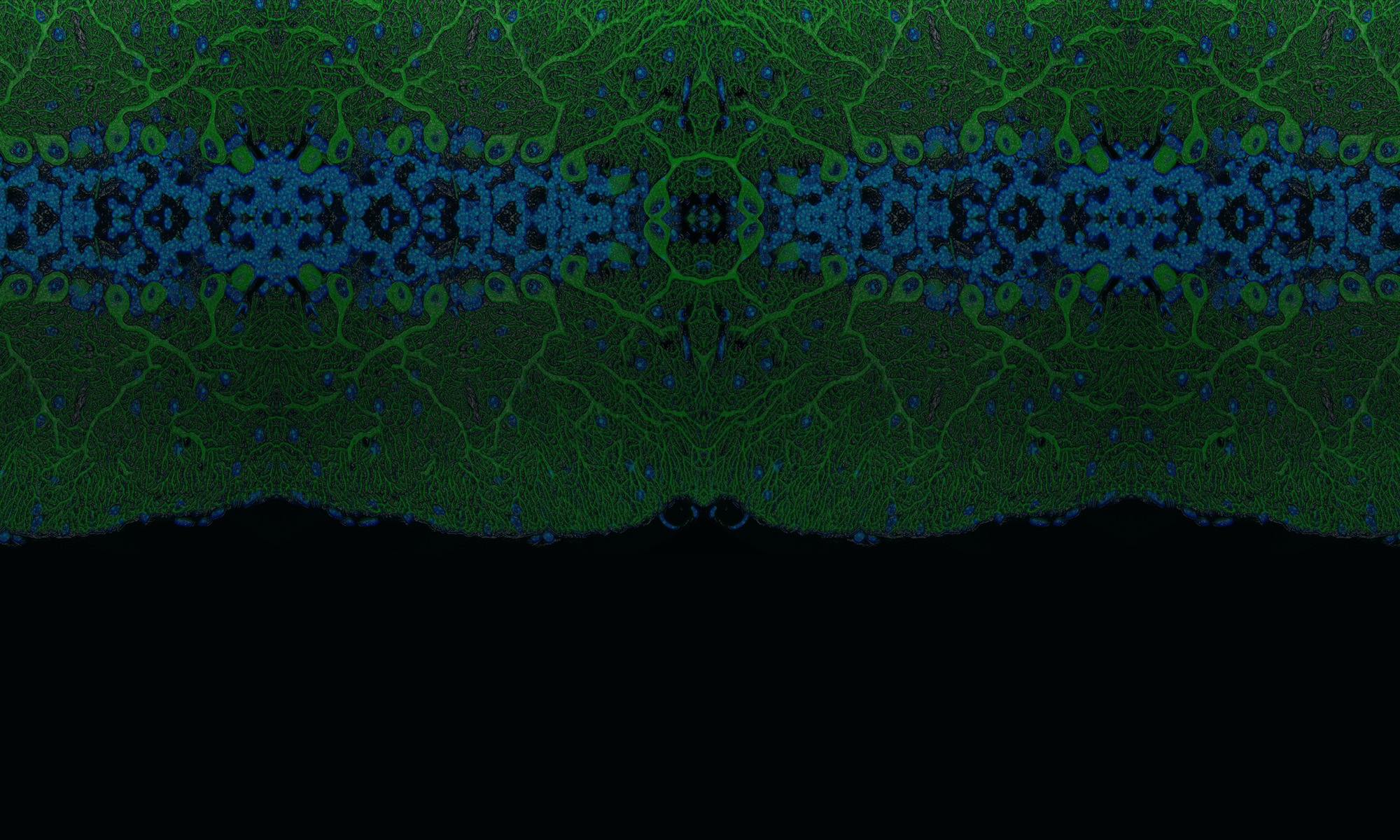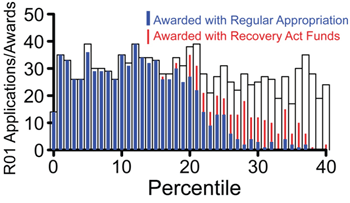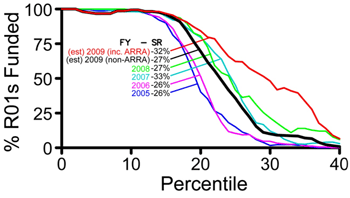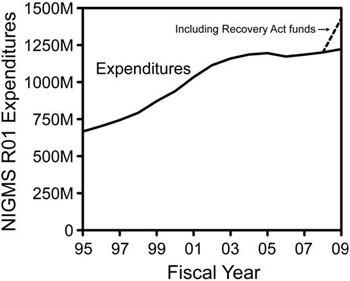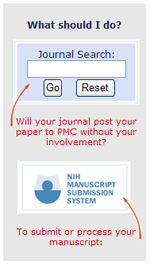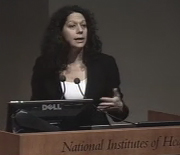Fiscal Year 2009 is now complete. In addition to distributing the funds associated with the NIGMS regular appropriation of nearly $2 billion, we were able to commit $463 million in Recovery Act funds (out of the $505 million allocated to NIGMS and approximately $21 million more provided to us by the NIH Office of the Director). We estimate that we have $63 million more to spend in Fiscal Year 2010. See the end of this post for more on our plans.
We made nearly 1,600 Recovery Act awards in Fiscal Year 2009, distributed as shown below:
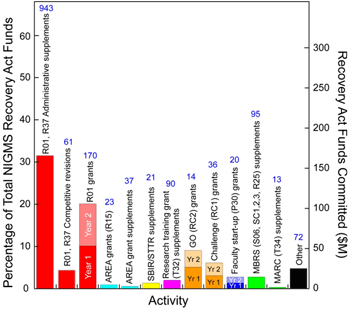
This plot shows the percentage by activity of total NIGMS Recovery Act funds (including the $505 million allocated to NIGMS and the approximately $21 million in additional funds that the NIH Office of the Director provided to support 17 Challenge grants and to co-fund the Grand Opportunity (GO) grants) (left) and the total amount awarded (including year 2 commitments, if any) (right). The number of awards in each activity is shown over each bar. The “Other” category includes a small number of awards in a range of activities, including supplements to K08, K99, R00, P01 and U01 mechanisms. More details about these awards can be found in NIH RePORTER.
Let me briefly describe the decision-making processes that led to this distribution. We set aside funds to support 15 Challenge grants (in addition to the Challenge grants assigned to NIGMS but supported by Recovery Act funds from the NIH Office of the Director), approximately 1 Grand Opportunity grant in each of the 10 NIGMS areas of interest and 20 Faculty start-up (P30) grants. Most of the remaining Recovery Act funds were allocated to the five NIGMS divisions and centers in proportion to their percentage of NIGMS funding.
For activities that had undergone recent peer review, such as Challenge (RC1) grant applications, R01 applications, AREA (R15) grant applications and competitive revisions, priority scores and—in many cases—the current availability of funds within investigators’ laboratories were major factors in determining funding priority.
For administrative supplements to grants that had been previously peer reviewed and funded, program directors took a number of factors into account, with the goal of attempting to maximize the potential impact of the portfolio of Recovery Act awards on the American scientific enterprise. First, the proposed research had to be within the scope of the original funded grant. Additional considerations included the potential impact of the proposed funding on the specific aims of the grant; NIGMS portfolio balance; whether investigators had received other Recovery Act support; the economic stimulus impact of the funding; and the distribution of funds across regions, states and institutions.
Overall, we were able to support approximately 40% of the administrative supplement requests that we received.
Approximately 10% of our Recovery Act funds remain to be invested in Fiscal Year 2010. We plan to use most of these funds to support—for up to one year—administrative supplements, competitive revisions and other applications that have already been submitted. This means that we are still considering funding a modest number of previously submitted administrative supplement requests and other awards with our limited remaining Recovery Act funds.
 The group of more than 30 people who visited me in Bethesda ranged from graduate students to senior scientists. We had a spirited dialogue about training and career development, including issues related to the diversity of the scientific workforce, and methods for fostering communication between NIH and the scientific community. I briefly discussed our preparations for a strategic plan on training and career development, which I announced at our recent advisory council meeting.
The group of more than 30 people who visited me in Bethesda ranged from graduate students to senior scientists. We had a spirited dialogue about training and career development, including issues related to the diversity of the scientific workforce, and methods for fostering communication between NIH and the scientific community. I briefly discussed our preparations for a strategic plan on training and career development, which I announced at our recent advisory council meeting.